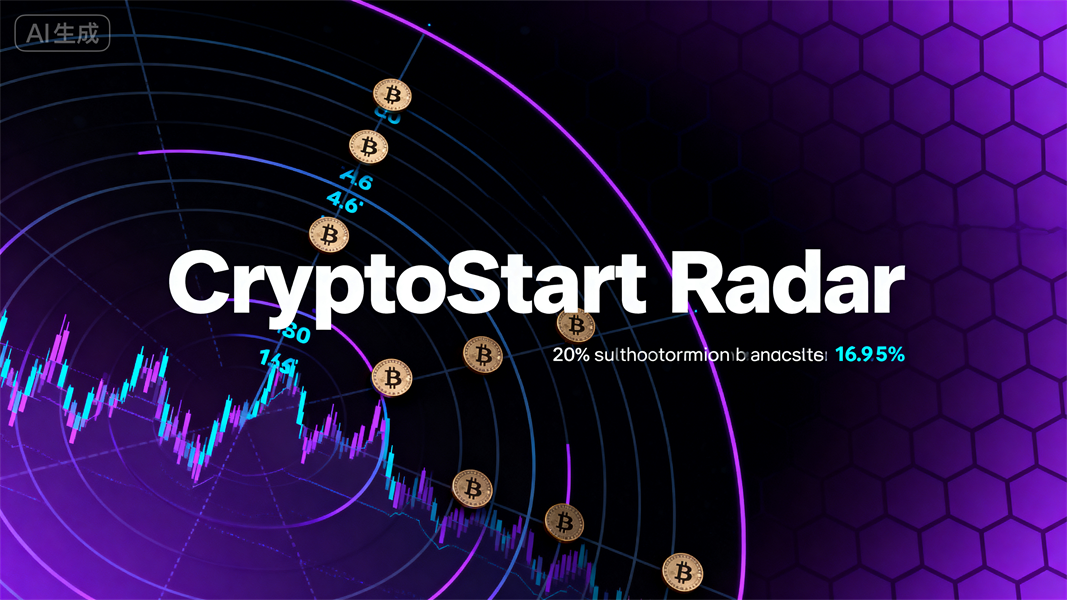Hash Rate: The computing speed for mining; the faster it is under PoW, the easier it is to mine
Your guide to understanding hash rate—core of virtual currency PoW mining, network security, and market dynamics
<!-- Main Content: Covers definition, role, factors, checking methods, etc. -->
<main>
<section>
<h2>What Exactly Is Hash Rate?</h2>
<p>Hash rate refers to the <strong>computing speed of mining equipment</strong> when participating in virtual currency mining. It measures how many “hash operations” a device can perform per second—where a “hash” is a unique alphanumeric code generated by encrypting data through a cryptographic algorithm. For example, a hash rate of 1 TH/s means the device can complete 1 trillion hash operations every second.</p>
<p>This speed is not just a technical parameter; it directly reflects the “computing power” invested in a PoW virtual currency network. Every time a miner’s equipment generates a hash, it’s essentially competing to solve a complex mathematical problem. The faster the hash rate, the more attempts a miner can make per second to solve this problem—and the higher the chance of successfully verifying a block of transactions and earning mining rewards.</p>
<!-- Image placeholder: Alt text optimized for SEO -->
<img src="hash-rate-definition.jpg" alt="Hash Rate Explanation: Virtual Currency Mining Computing Speed" class="hash-rate-img">
</section>
<section>
<h2>Why Hash Rate Matters for PoW Mining</h2>
<p>PoW (Proof of Work) is the most common consensus mechanism for early virtual currencies, and hash rate is its “lifeblood.” Here’s why it’s critical:</p>
<ul>
<li><strong>Determines Mining Competitiveness</strong>: Under the PoW mechanism, the network sets a “difficulty target” for block verification. A higher hash rate means more attempts per second, making it easier to hit the target before other miners—directly increasing the likelihood of earning rewards.</li>
<li><strong>Guarantees Network Security</strong>: A high overall hash rate means more computing power is protecting the network. Attacking the network (e.g., tampering with transactions) would require controlling over 51% of the total hash rate—an extremely costly task.</li>
<li><strong>Reflects Market Confidence</strong>: A rising hash rate usually signals miners are optimistic about the virtual currency’s future; a sharp drop may indicate miners are exiting due to low profits.</li>
</ul>
</section>
<section>
<h2>Key Factors Affecting Hash Rate</h2>
<p>Hash rate is influenced by three main factors for both individual miners and the entire network:</p>
<ul>
<li><strong>Mining Hardware</strong>: Specialized equipment like ASIC miners (for Bitcoin) or high-performance GPUs dominates, as they offer far higher hash rates than traditional CPUs.</li>
<li><strong>Energy Supply and Cost</strong>: Mining consumes large amounts of electricity. Stable, low-cost energy (e.g., hydropower) allows continuous operation; high costs may force equipment shutdowns.</li>
<li><strong>Network Difficulty Adjustment</strong>: Most PoW networks automatically adjust difficulty (e.g., Bitcoin every 2016 blocks) to keep block generation time stable—affecting hash rate efficiency.</li>
</ul>
</section>
<section>
<h2>How to Check Hash Rate (and What It Means for You)</h2>
<p>Even non-miners can check hash rate to assess network health. Here are common ways:</p>
<ul>
<li><strong>Blockchain Explorers</strong>: Platforms like Blockchain.com (Bitcoin) and Etherscan (historical Ethereum PoW) provide real-time total hash rate data and trends.</li>
<li><strong>Mining Pool Dashboards</strong>: Pools like F2Pool or Poolin publish their own hash rate data, reflecting the distribution of computing power in the network.</li>
</ul>
<p>For beginners, a rising hash rate means a more secure network. For miners, it’s key to calculating profits—comparing their equipment’s hash rate with the network’s total to estimate reward shares.</p>
</section>
<section>
<h2>Conclusion</h2>
<p>Hash rate is a bridge between virtual currency mining, network security, and market dynamics. For the broad audience—from newcomers to investors—understanding hash rate helps demystify PoW virtual currencies and make informed decisions. As the industry evolves, hash rate will remain a core metric for evaluating PoW network health.</p>
</section>Hash Rate: The computing speed for mining; the faster it is under PoW, the easier it is to mine

